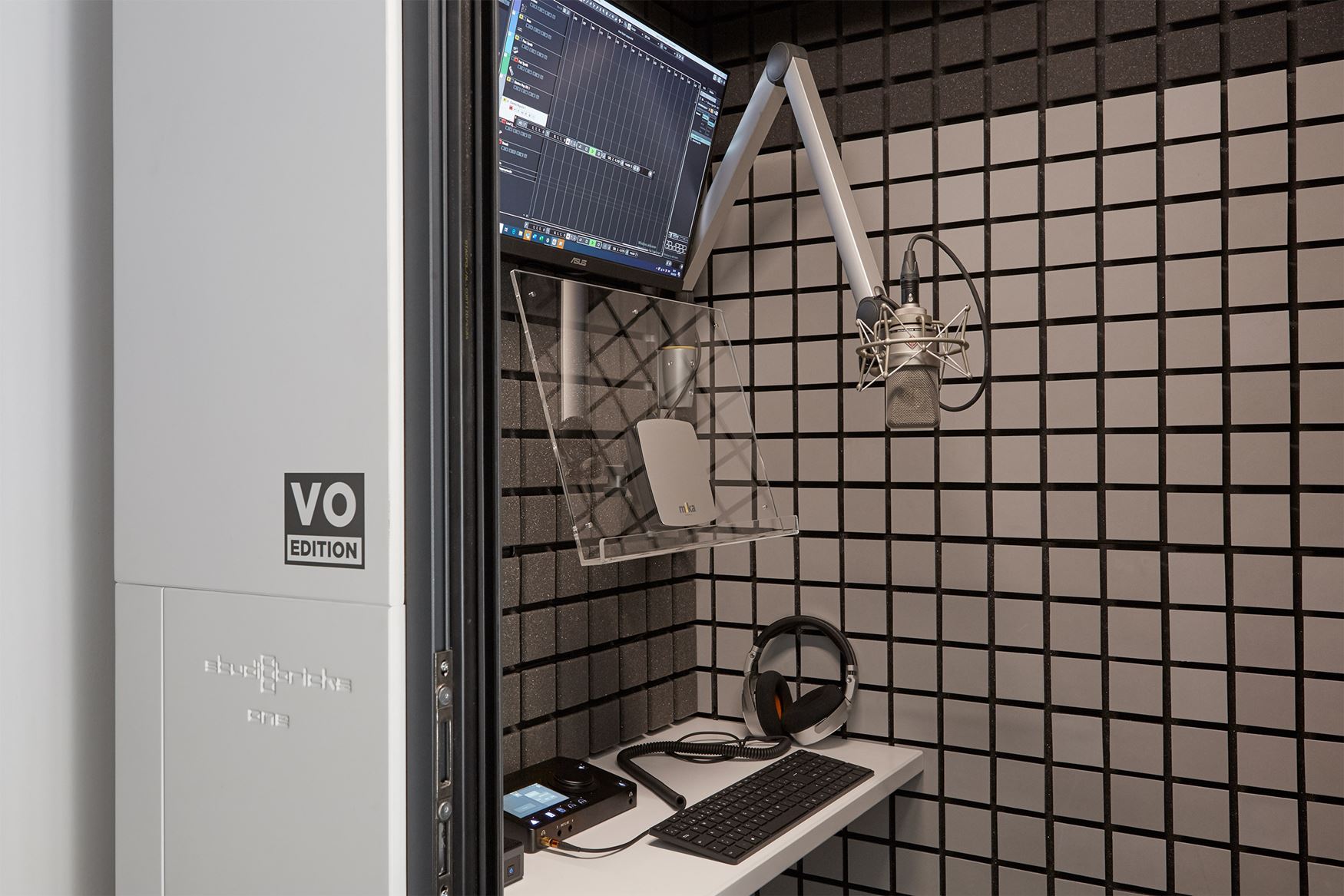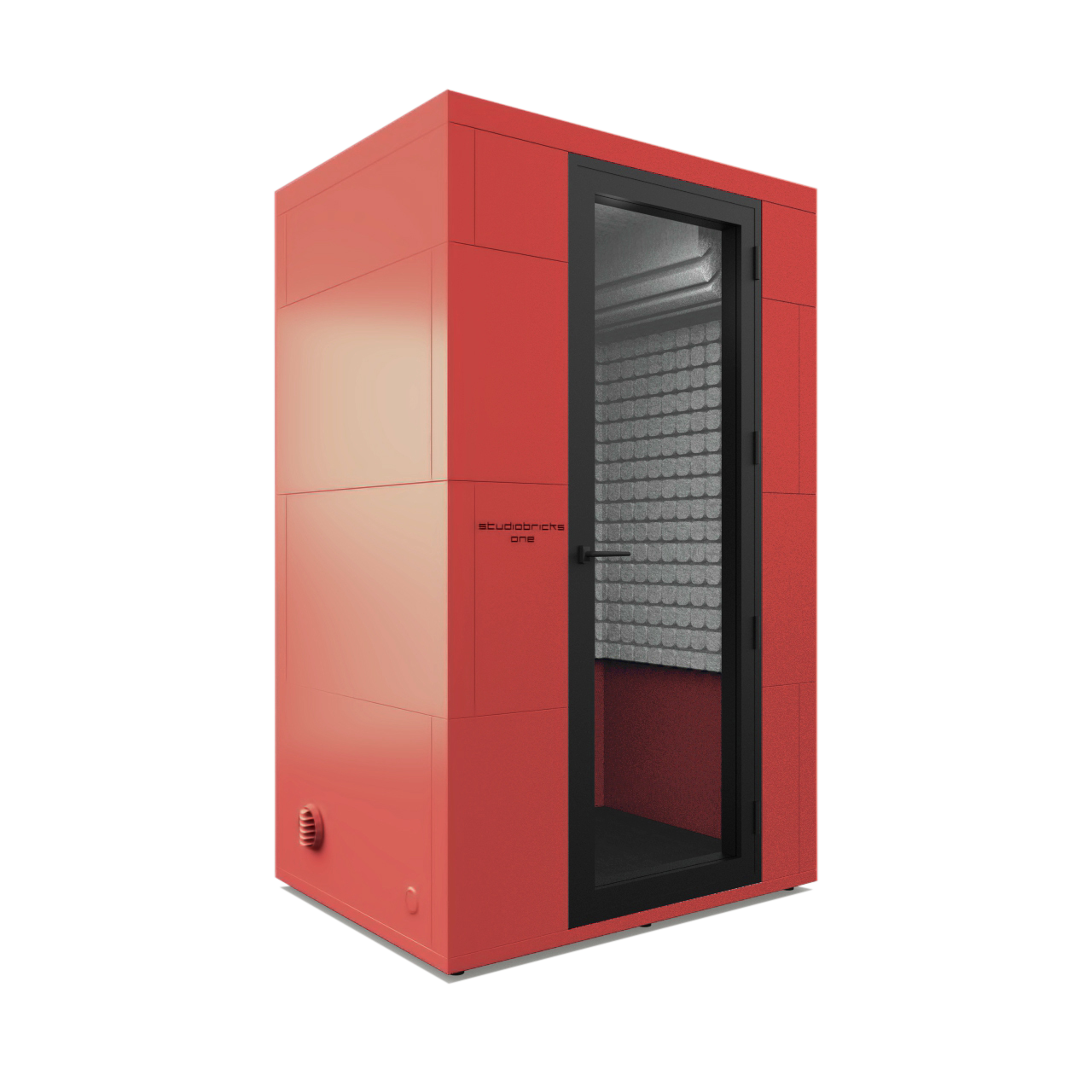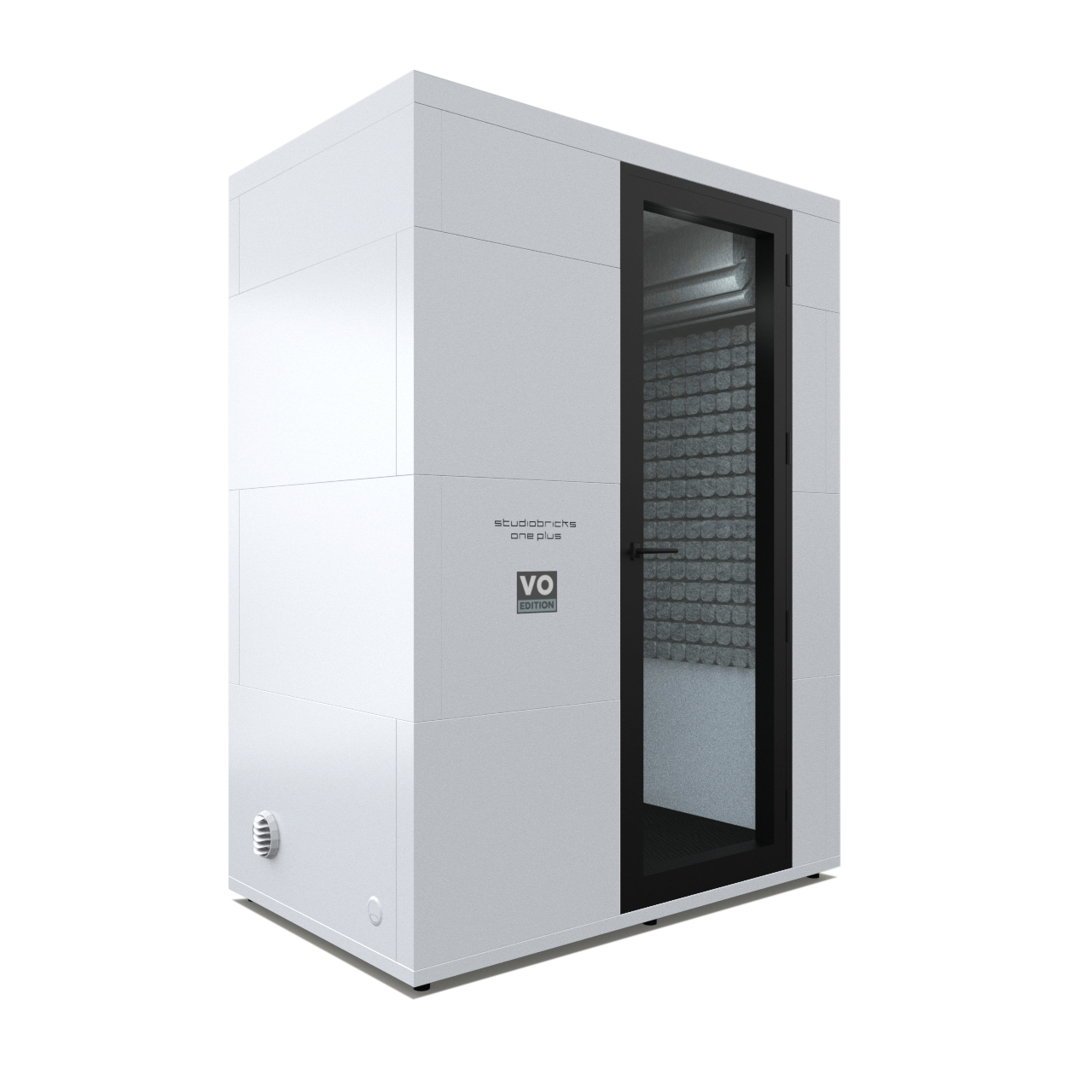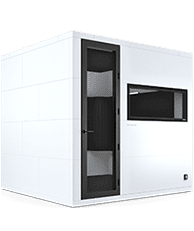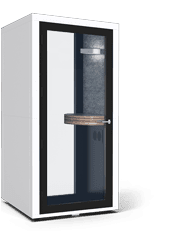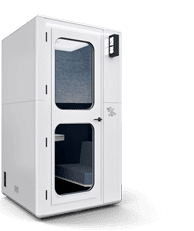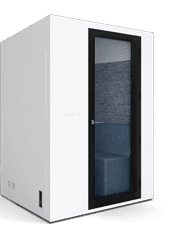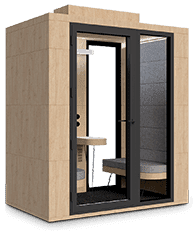When it comes to recording vocals or instruments, many people may wonder about the difference between using a sound isolation booth and a closet. Both options offer a degree of sound isolation, but there are some significant differences in terms of sound quality, convenience, and cost. In this blog post, we will explore the pros and cons of each option and help you decide which one is right for you.
Sound Isolation Booths
A sound isolation booth is a specialized room that is designed to provide maximum isolation from external noise. It is usually made of thick, sound-absorbing materials and can be either a permanent fixture or a portable unit. The purpose of a sound isolation booth is to create a controlled recording environment where you can capture clean, high-quality recordings without any unwanted background noise.
Pros of sound isolation booths:
One of the primary benefits of using a sound isolation booth is the high-quality sound it produces. Because the room is specifically designed for recording, the acoustics are optimized, resulting in a clear and accurate sound. Additionally, sound isolation booths provide a high degree of soundproofing, which means that you can record without worrying about outside noise interfering with your recordings. This can be especially important if you live in a noisy neighborhood or have other sources of external noise that could impact your recordings.
Another advantage of sound isolation booths is that they are generally very versatile. Depending on the size and configuration of the booth, you can use it to record vocals, acoustic instruments, and even electric guitars and drums. You can also use it for podcasting or voiceover work, making it a great option for content creators.
Cons of sound isolation booth:
One of the main downsides of using a sound isolation booth is that it requires a higher investment. Sound isolation booths can be quite expensive, especially if you opt for a larger, permanent installation. Although Studiobricks’ sound isolation booths have higher price tag than a closet, they offer the flexibility of moving them whenever life requires without loosing sound and acoustics performance.
Additionally, permanent installations take up a significant amount of space, so you will need to have a dedicated room or area in your home to accommodate one. Another benefit of our booths is that the smaller ones like the Studiobricks One or the Studiobricks One Plus are comfortable inside for you to record for hours, but they don’t take up as much space and they have a pleasant easthetics that will blend well even in a small city apartment.
Most soundproof booths are challenging to set up and install. This is particularly true if you opt for a permanent installation, which may require specialized knowledge and expertise. Studiobricks portable booths were designed with the main purpose of easy assembly and disassembly, our patented system allows for this while also maintaining the soundproofinf properties of the booth intact.
Closets
Using a closet as a recording space has become increasingly popular in recent years, particularly among home recording enthusiasts. The idea is to convert a closet into a makeshift recording booth by lining the walls with sound-absorbing materials, such as blankets, foam panels, or acoustic tiles.
Pros of recording in a closet:
One of the primary benefits of using a closet for recording is cost. Converting a closet into a recording space is relatively inexpensive. All you need are some sound-absorbing materials, a microphone, and a way to hang your microphone. This can be an ideal solution for people who are just starting out with home recording and don’t want to invest a lot of money upfront.
Another advantage of using a closet is that it can be very convenient. Most people already have a closet in their home, so there’s no need to create a dedicated space for recording. Additionally, because closets are typically smaller than sound isolation booths, they can be easier to set up and install.
Closets are a great option at the beginning of your recording career and you can always start improving them with high quality sound absorbers like the Eco45 of Studiobricks Eco Line.
Cons of recording in a closet:
While using a closet for recording can be a cost-effective and convenient option, it does come with some drawbacks. One of the main issues is sound quality. Because closets are not designed for recording, the acoustics can be less than ideal. Additionally, because they are not as soundproof as sound isolation booths, you may still pick up unwanted background noise, such as traffic or neighbors.
Another potential drawback of using a closet is space. While closets are smaller than sound isolation booths, they can still be cramped, particularly if you are trying to record multiple instruments or vocalists. This can make it challenging to get the right positioning for your microphone and other equipment, which can impact the quality of your recordings.
Another issue with using a closet for recording is the lack of versatility. Because closets are generally small and cramped, they may not be suitable for recording larger instruments, such as drums or pianos. Additionally, if you want to record with a group of musicians, a closet may not provide enough space to accommodate everyone.
Finally, it’s worth noting that using a closet for recording can be less comfortable than using a sound isolation booth. Because closets are designed for storage rather than recording, they may not be as well ventilated or insulated, which can make for a less comfortable recording experience, and affect the quality of your recording. Moreover, when you start working remotely with commercial clients, directors etc., showing up on camera in a closet might not portray a professional image.
Conclusion
When it comes to recording in a sound isolation booth versus a closet, it all depends on the moment of your recording career. Both options offer advantages and disadvantages, and the best choice depends on your specific needs and circumstances. If you are looking for the highest-quality recordings and have the space and budget for it, a sound isolation booth may be the way to go. However, if you are just starting out with home recording or need a more cost-effective and convenient option, a closet with good absorbers can be a great alternative. Whatever you choose, be sure to take the time to set up your recording space correctly to ensure that you get the best possible sound quality.
If you are interested in getting our sound sbsorbers or learning more about Studiobricks booths don’t hesitate to contact us.

